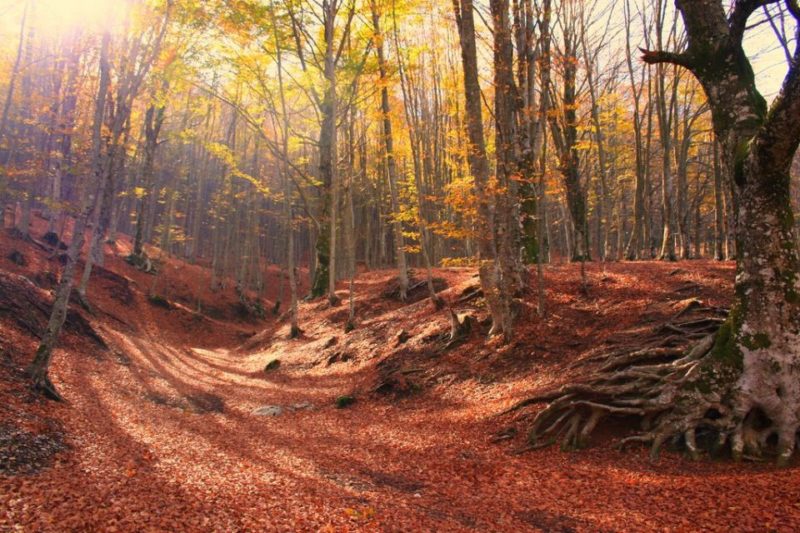
Parco Regionale dei Monti Picentini
This post is also available in:
 Italiano (Italian)
Italiano (Italian)
It is located in the heart of Campania’s Appennines and it includes the provinces of Avellino and Salerno. The surface is of 63,000 ha between the flowing of the rivers Calore, Sabato and Sele.
The park is a geographic area of strategical importance for the environmental, hydrogeological and territorial sectors.
The territory in its complex is a rectangular, carbonate block which is divisible into two areas because of their different evolution process; the piedmont area and the surrounding valleys have a soft morphology with slopes descending towards the bottom of the valley, while the other section has an uneven morphology with numerous rock crests and pinnacles.
The word “picentini” derives from the way in which the romans defined the inhabitants of the surrounding areas, the term makes its first apparition on a geographical map of the 16th century, which is now in the Vatican Museums.
Thirty municipalities belong to Picentini Mountains Regional Park.
The first path track was created in 1986 thanks to the pro-loco of Acerno, then other authorities took care of improving and modifying it, first the CAI section of Salerno and then the POR (Programma operativo regionale) of Campania.
The park’s flora is rich and interesting for geobotanists, there are 1260 specimens of which the 8% has endemic origins.
The fauna includes amongst the most known animals wolfs, wild cats, foxes, badgers, hazel mice and dormouse mice.
There are different environments inside the Picentini Mountain park like woods and pastures. There arei:
- Beech tree woods with some Silver firs;
- Mixed forests meso-Mediterranean of maple trees, downy oaks, hornbeams, sycamores, manna ashes and alders;
- High pastures where birds like rock partridges and royal eagles;
- Meadows interrupted by cliffs and flowering peaks with rare saxifrages. The flora is rich here and includes various endemic species (Gravina Cabbage, linen of “fate dei Picentini”, Caputo’s oxtropide and aquilegia of Blessed Marcellino Champagnat, this is a punctiform endemism of Accellica Mountain);
- Wet gorges hosting amphibious species like the Italian newts, the “salamandra pezzata” and “uluone dal ventre giallo”, as well as botanic species like Amalfi’s speedwell. The watercourses are rich in trout;
Cliffs of Valle della Caccia of Senerchia (between 750-1600 m of altitude) where native black Austrian firs are present. There are numerous birds such as buzzards, chough corals, tawny owls, kestrels, hoopoes, black woodpeckers and royal owls.
This post is also available in:
 Italiano (Italian)
Italiano (Italian)
Contatti
83051 Nusco(AV)
